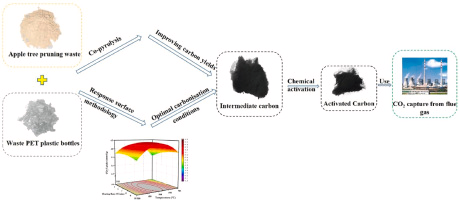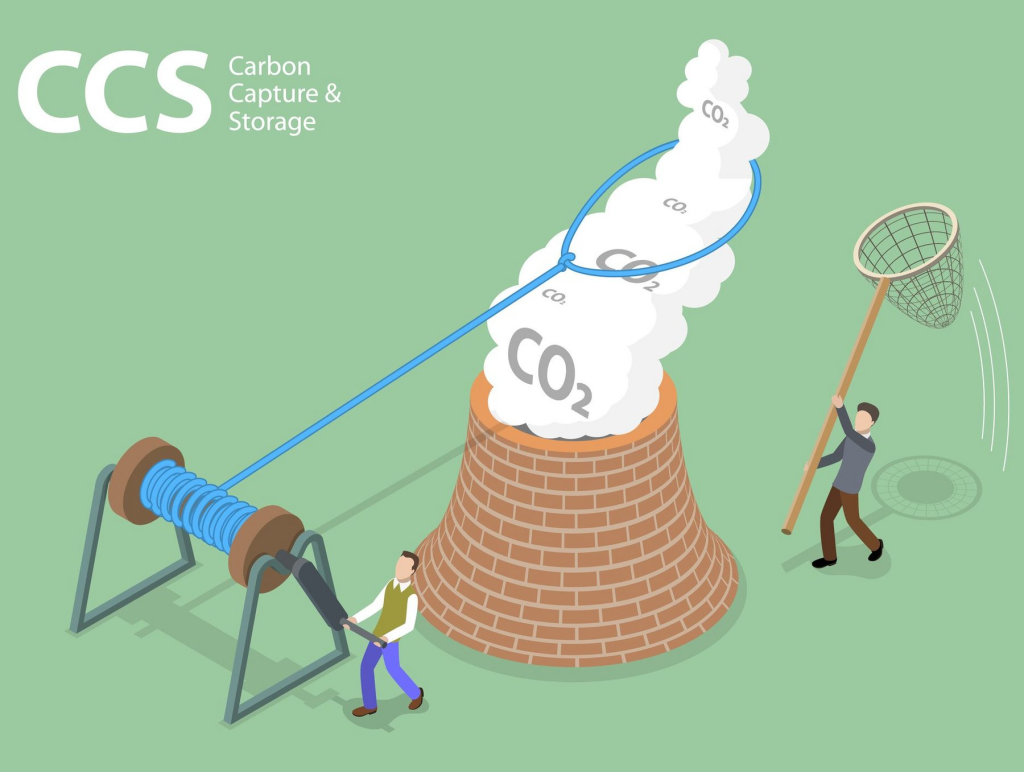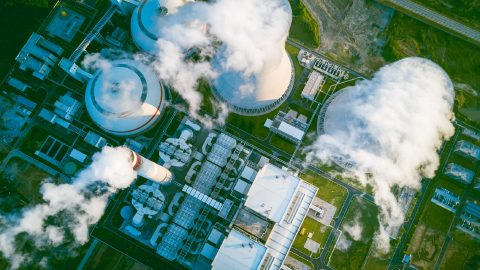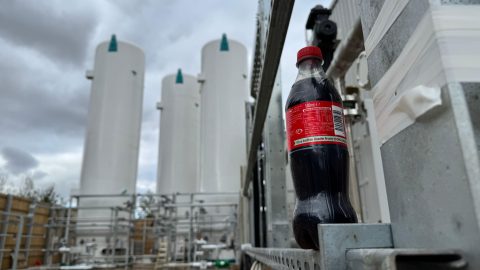UC Berkeley scientists have created a groundbreaking yellow powder for carbon capture. The powder matches a full-grown tree’s CO2 absorption while using only half a pound of material. This technological advancement marks a significant milestone in direct air capture (DAC) solutions.

Key Performance Metrics
The innovative material, named COF-999, showcases remarkable capabilities in carbon dioxide capture:
- Absorbs 40kg of CO2 yearly, matching a large tree’s natural absorption rate
- Successfully maintains effectiveness through more than 100 operational cycles
- Functions at just 140°F for CO2 extraction, while existing materials require 250°F
- Performs carbon capture ten times faster than any current alternative solutions
- Demonstrates consistent performance without degradation after extensive testing phases
- Achieves maximum environmental impact with minimal material requirements
Technical Design and Structure

Scientists designed the powder with a unique microscopic structure resembling tiny basketballs. Each particle contains billions of microscopic pores for maximum carbon capture efficiency. The structure relies on chemical bonds as strong as those found in diamonds.
Special amine compounds within the structure actively attract and capture CO2 molecules from the air. The highly porous design creates an extensive surface area for improved carbon dioxide absorption. Heat activation allows for controlled release of trapped CO2 when needed.
Field Testing and Performance
Berkeley researchers conducted comprehensive field tests spanning twenty days to verify the powder’s effectiveness. Initial air samples entering the system contained CO2 concentrations ranging between 410 and 517 ppm. The exit measurements showed remarkable results with undetectable carbon dioxide levels.
Multiple testing cycles confirmed the material’s consistent performance without any signs of degradation. These results exceeded initial expectations for the powder’s carbon capture capabilities.
Environmental Impact and Climate Context

Hawaii’s Mauna Loa Observatory currently records atmospheric CO2 levels at 423 parts per million. Climate scientists stress the importance of maintaining CO2 levels below 450 ppm. This threshold helps limit global warming to 2°C above preindustrial levels.
The new technology could become essential for preventing severe climate change consequences. It supplements existing emission reduction efforts with active carbon removal capabilities. The powder’s efficiency makes it a promising tool for large-scale carbon capture projects.
Commercial Implementation Plan
The research team expects to deploy this technology within two years at industrial facilities. UC Berkeley maintains a pending patent for the innovative carbon capture system. Irvine-based company Atoco currently leads efforts to commercialize the technology.
The production process uses readily available materials, avoiding expensive or rare components. This accessibility suggests strong potential for cost-effective manufacturing at scale. Engineers are designing industrial facilities to maximize the powder’s carbon capture efficiency.
Expert Analysis
Lead researcher Omar Yaghi speaks confidently about the material’s long-term performance capabilities. “We expect this material to last for thousands of cycles,” Yaghi states.
Klaus Lackner, director at Arizona State University’s Center for Negative Carbon Emissions, supports these findings. He notes that achieving 100 successful cycles indicates potential for thousands more. The research community shows strong interest in the technology’s future applications.
Implementation Challenges
The team must reduce current costs by a factor of ten for widespread commercial adoption. Engineers need to develop efficient solutions for industrial-scale deployment systems.
Heat management optimization remains a critical focus for improving overall system efficiency. Integration with existing carbon storage infrastructure requires careful planning and coordination.

Success depends on balancing environmental benefits with economic feasibility in real-world applications. Research continues on improving the powder’s performance while reducing implementation costs.
This breakthrough represents a significant advance in atmospheric carbon dioxide removal technology. The combination of efficiency and scalability offers promising solutions for climate change mitigation.
Ongoing development focuses on practical implementation strategies and cost reduction methods. The technology’s potential impact drives continued investment in research and development initiatives.
Read More: Onboard Carbon Capture Potential for Maritime Transport













